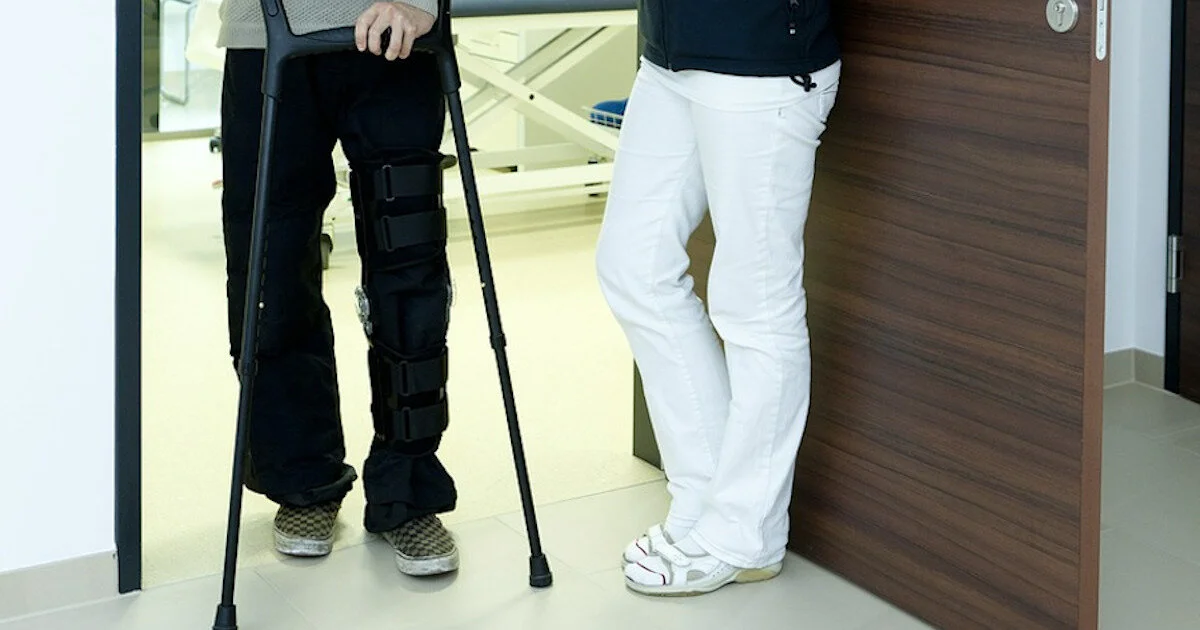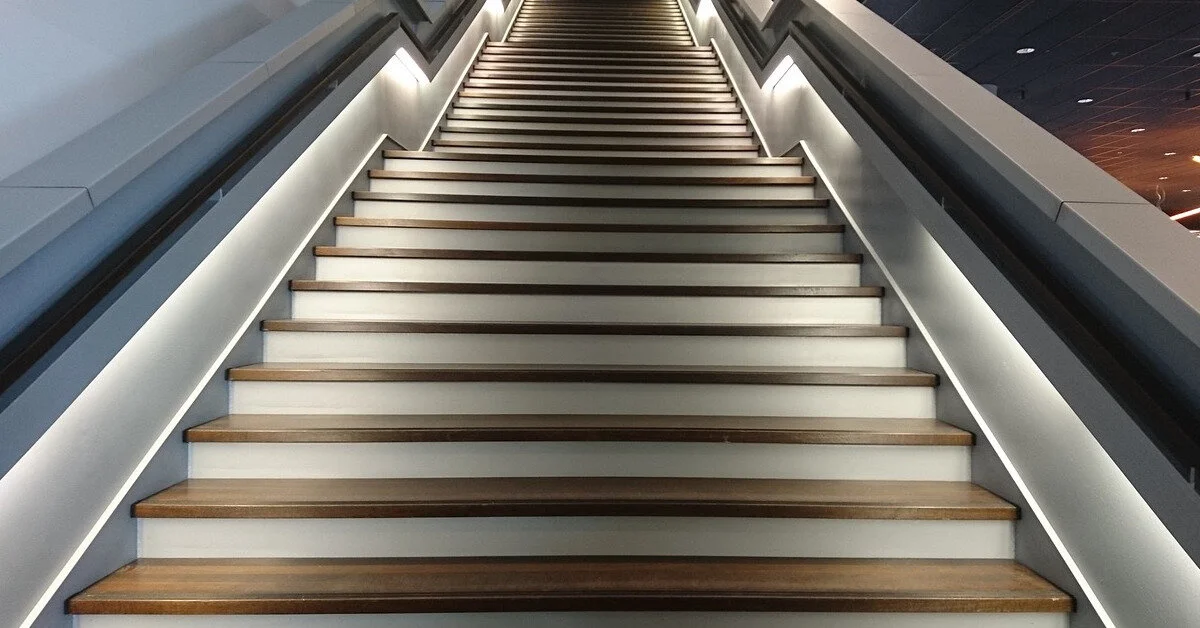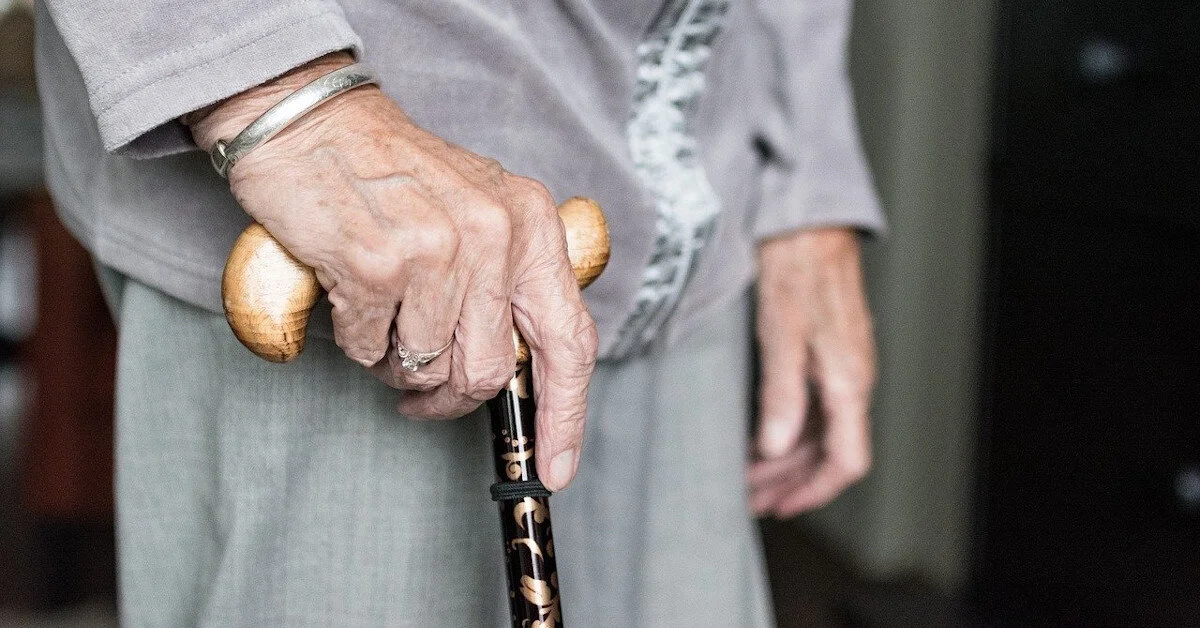What is the best treatment for Knee Osteoarthritis?
Treatment for osteoarthritis (OA) of the knee does not always have to result in surgery. Although it can be very painful and cause stiffness, we’ll discuss a few things worth trying here.
Over 4 million people in England have knee OA, and 18% of the UK population over 45. However, a lot of people don’t realise that there are key management strategies with osteoarthritis and suffer with symptoms unnecessarily.
Osteoarthritis can feel different for everyone, but most people have knee pain, stiffness or both. Sometimes visible swelling can be present with the condition, especially in the more advanced stage.
Why do I have knee osteoarthritis?
OA of the knee occurs when there are small “tears” in the cartilage on the end of the bones that make up the knee joint. Most people think that age is the biggest factor, but there are actually many other things that can contribute to knee OA.
Previous injury to the knee or trauma such as surgery can often lead to the onset of knee osteoarthritis later in life
Obesity
Smoking has been linked to poor joint health
Previous occupation - heavier manual jobs have been linked to a higher incidence of knee osteoarthritis.
Joint biomechanics - some people may be born with more flexible knee joints (hypermobility), and some may have “knock knees” or “bow legs” which can lead to unequal forces being distributed through the knee.
What can I do to help myself with knee osteoarthritis?
There are a lot of simple lifestyle changes that you can make which can have a big impact on the symptoms of knee OA.
If you are overweight (you can calculate this on a BMI calculator if you aren’t sure), trying to lose some weight can make a big difference to the pain in your knee.
The knee is a reasonably small joint and if you think that the weight of the body from the knee up goes through the knee every time you take a step, even losing a few pounds can reduce the stress through the joint.
Try moving more - even little decisions like taking the stairs rather than the lift (if your knee pain allows!), and getting up from the sofa or your desk every 20 minutes to move around for a few seconds can help.
If your knee pain is very severe, this may just mean doing some exercises with your arms and legs whilst you are in a chair. It all counts and can all make a difference!
Should I be using a stick for knee osteoarthritis?
The decision to start using walking aids can often be a difficult one.
People are often worried about becoming "reliant” on them, and fear that they may actually lose mobility as a result of starting to use one.
Walking sticks can be incredibly helpful for some people, and there are ways you can prevent yourself from becoming reliant upon them.
If you are considering a walking stick, ask yourself these questions
Would using a stick allow you to do more?
Remember that often walking and exercise has a positive effect on the symptoms of knee OA, and if you are able to do more of this by using a stick, it’s potentially going to be very helpful.
Could you use the stick at some times but not others?
You could consider using a stick when you know you are going to be doing a lot of walking, or if you are going somewhere with uneven ground or gradients. This way, you can continue to walk without it for shorter distances and may find you can increase the amount you are able to do.
Will using a stick give you more confidence and independence?
You may find that you want or need someone with you when you go out, or are reluctant to walk much as you feel nervous or concerned about knee pain. A stick can be especially helpful if you suffer from balance issues. Some people find having a stick can be helpful as it allows others to acknowledge that you have mobility issues and (hopefully) take more care when walking past you.
Which are the best exercises to do for knee osteoarthritis?
Although physiotherapy does not “cure” osteoarthritis, it can play a big part in improving the symptoms. The cartilage in your joint is living tissue, and you can make it stronger, just like muscles! Being on your feet will put weight through the cartilage, which means that gradually it can build up and become more resistance to force.
Aerobic exercise
This refers to any exercise where your heart and breathing rate increases. Aerobic exercise has been shown to be very effective in reducing pain from knee osteoarthritis. It can help improve movement in the joint fluid in the knee, which lubricates the joint.
Walking is a great way to lose weight and exercise your legs. For people with more severe knee pain, swimming, cycling or exercise such as water aerobics can also be very helpful.
It has been found that exercise can have a similar effect on improving knee pain to over the counter pain relief, such as paracetamol and Ibuprofen. And without the side effects! So is certainly worth giving a go.
Strengthening exercises
Strengthening the muscles around the knee provides support and can take some of the pressure off the joint, improving pain. Symptoms from osteoarthritis do not necessarily get worse over time.
The quadriceps (thigh muscles) are the largest group of muscles which support the knee joint, and are a good place to start strengthening. Muscles around your hips also help to support the forces going through your knees.
Speak to your physiotherapist about which exercises would suit you best. We have included 2 of our favourites to get you started.
Straight leg raise
This is a straight forward exercise to strengthen the quadriceps. If this is too difficult, you can start by placing a pillow underneath your knee, squeezing your knee into the pillow and just lifting your foot off the floor, rather than your whole leg.
Lying down or sitting with your legs straight infront of you. You may want to lean back slightly for this exercise to reduce the stretch on the back of your leg.
Tighten your thigh muscle and pull your toes back toward you.
Lift the leg slightly off the floor slowly. If you can, hold at the top for a couple of seconds before lowering your leg.
Repeat 30 times.
Sit to stand
This is a great exercise to strengthen knee and hip muscles and can be completed in any place where you have access to a chair!
Sitting in a chair, bring your arms either across your chest or onto your hips.
Slowly try to stand up without using your arms.
Once standing, slowly lower your bottom to the chair.
Repeat 10 times.
How much exercise should I do?
Thirty minutes of exercise a day is a good goal. This could be walking, swimming or specific strengthening exercises from your physio. If you are new to exercise it’s usually advisable to start small, for example 10 minutes every other day, and increase slowly as you feel able to.
Some mild pain or muscle soreness is normal at first and it is perfectly safe to exercise as long as the pain is at a low level. If things become too painful, speak to your physiotherapist about changing your exercises as there are plenty to try!
Most exercise guidelines suggest that exercise programmes for knee OA can lead to improvements in symptoms after 8-12 weeks, with as few as 2-3 exercise sessions per week. It’s important to try to keep this up long term, as the benefits can be lost after 6 months if the exercise is stopped. Find something that you are able to do regularly, and most of all, something that you enjoy!
This is absolutely not written to substitute medical advice and it is always important to see a qualified health care professional for a formal diagnosis. If the exercises cause pain during or after completion, discontinue and consult a physiotherapist.
If you would like to get in touch please visit our contact page.






